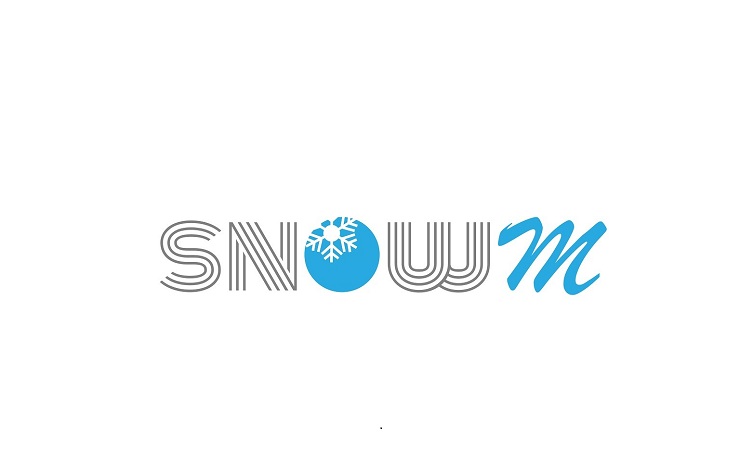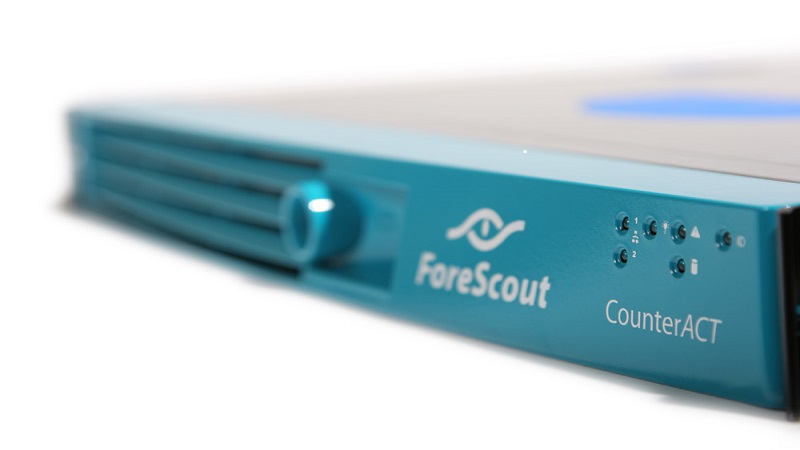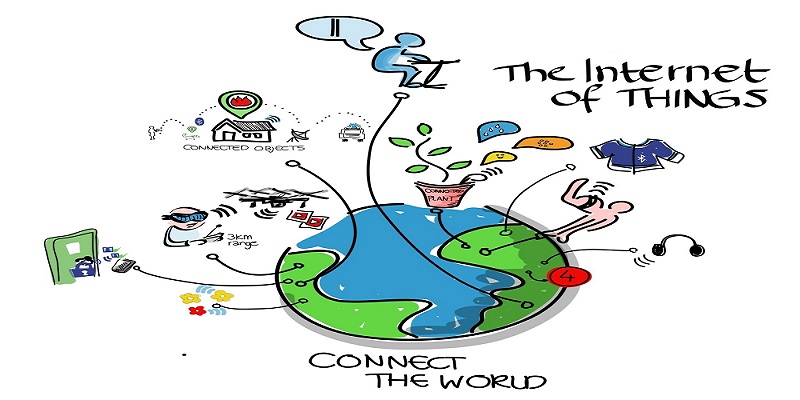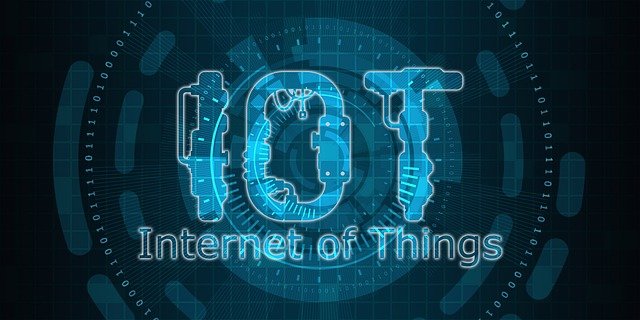The Internet of Things (IoT) is a network of interconnected devices that can communicate with one another to exchange data. This network is growing exponentially, and it has the potential to revolutionize many industries. Engage the IT Support Newton team to learn more about IoT.
IoT has a lot of advantages, but why should businesses get involved? In this post, we’ll describe how the Internet of Things works and how it helps businesses. Since IoT is here to stay, we should familiarise ourselves with it.
How Does IoT Work?
One area where the IoT is already having a significant impact on businesses is logistics. For example, IoT devices can be attached to packages as they’re transported, and this information can be used to optimize shipping routes and schedule deliveries. It can also help identify any problems that may occur along the way so that corrective action can be taken quickly.
The IoT is also used in healthcare to track patient health data and generate alerts for abnormalities. This allows doctors to make better decisions based on real-time information rather than waiting for delayed reports from hospitals or clinics.
Security is another area where IoT is used. For example, monitoring the location and condition of security cameras makes it possible to detect any changes or abnormalities in real-time. This allows for quicker response times if there’s an emergency and provides for comprehensive tracking of criminal activity so that justice can be served appropriately.
What are the Benefits of IoT to Organizations?
Minimized Human Labour and Increased Staff Productivity
The internet of things (IoT) is a term used to describe the growing trend of incorporating devices into everyday life to communicate and exchange data. This allows devices to be monitored and managed remotely, which in turn leads to increased staff productivity and reduced human labor.
One of the most common uses for IoT is in the factory environment. By using sensors and actuators embedded in machines, factories can be managed more effectively, and workers can be monitored for safety. This reduces errors and injuries, improves production accuracy, and speeds up the process.
By reducing human labor, IoT solutions have made it possible to use fewer workers to achieve the same results. This has led to increased efficiency and cost savings for companies and greater flexibility and agility.
Effective Management of Operations
The Internet of Things has been heralded as one of the most significant benefits offered by technology. It effectively manages operations by creating a network of devices that can be accessed remotely. This makes it possible to monitor and control equipment and systems in real-time, making it much easier to identify and address problems.
IoT also helps reduce costs associated with inefficient operations. For example, it can automate routine tasks like inventory management so businesses don’t have to waste time and money on mundane tasks that machines could handle more efficiently. In addition, it can help improve safety by monitoring surroundings for potential threats and automatically taking appropriate action.
IoT has proved to be an incredibly effective tool for managing operations. Its ability to streamline processes and communicate information quickly and accurately makes it a valuable asset for businesses of all sizes.
Improved Utilization of Resources and Assets
In the past, businesses have had to spend a lot of time and money managing resources and assets. This is because these resources were often not used to their full potential.
One of the key benefits of IoT is that it allows you to track and monitor all aspects of your resources and assets in real time. This makes it easy to identify problems early on and fix them before they become significant issues. It also allows you to optimize your resources to be used most effectively.
The Internet of Things can also help you better manage your inventory by alerting you when there’s a shortage or surplus of a particular product or resource type. You can then make necessary adjustments in order to meet customer demand without overexerting your resources.
Comprehensive Business Development and Marketing
IoT is a major trend in business development and marketing because it allows enterprises to track everything from customer interactions to sales figures in real time.
This gives businesses an unprecedented level of insight into their customers and their operations. This is especially useful for developing targeted marketing campaigns and improving customer service. Additionally, it can help you better understand your competition and how they’re performing.
Because IoT helps businesses monitor everything from giant factories to small businesses, it has the potential to transform many industries across the board. We may see more widespread use of IoT in marketing and development practices across the board.
Better Business Opportunities
Because IoT solutions are becoming more practical, businesses may now provide a wider choice of services and goods. For example, a company that uses IoT solutions to track inventory can also monitor the warehouse and provide real-time updates on stock levels. This way, customers know exactly what they’re getting, and there’s no need to wait for deliveries or stock to accumulate in warehouses.
Another good business opportunity that comes with using IoT solutions is the ability to measure customer behavior and interactions. This allows businesses to identify how their customers are interacting with their products or services, which can help them make better decisions about future marketing campaigns or product development.
The Bottom Line
As you can see, the Internet of Things (IoT) is recognized as one of the most promising digital technologies. It will undoubtedly grow in popularity and use over the coming years. IoT systems have tremendous capabilities even in their current condition, and their benefits are alluring. It’s crucial to understand, though, that successful IoT integration in an organization takes a lot of work and expertise in order to reap the benefits without experiencing any adverse effects. Therefore, in order to obtain a successful IoT solution, it is most logical to employ the help of trustworthy experts.
Post courtesy: James Richards, CEO at Stronghold Data
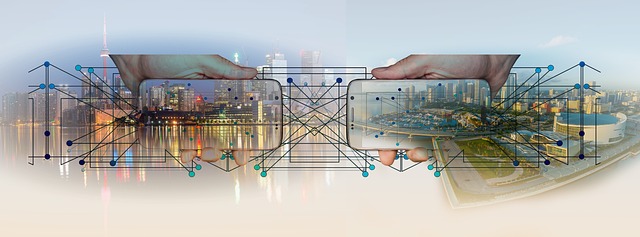




 How to7 years ago
How to7 years ago


 More4 years ago
More4 years ago


 More6 years ago
More6 years ago


 Interview4 years ago
Interview4 years ago
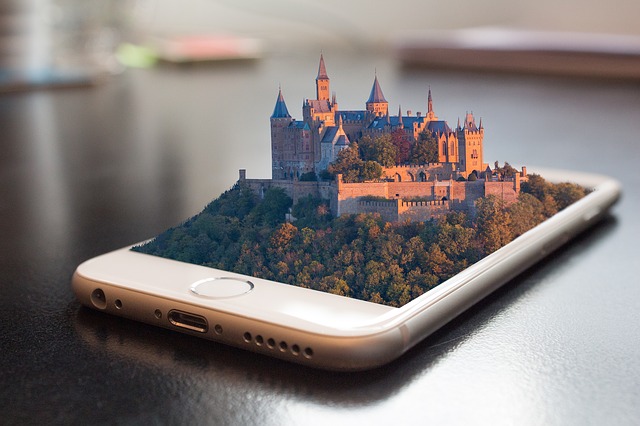

 Other Internet Tech6 years ago
Other Internet Tech6 years ago
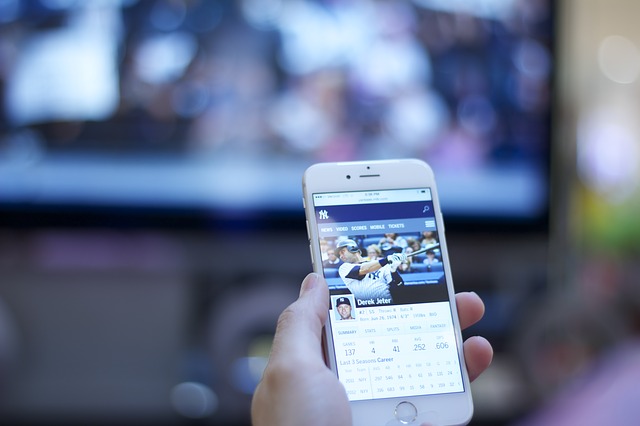

 More6 years ago
More6 years ago


 Business Ideas6 years ago
Business Ideas6 years ago


